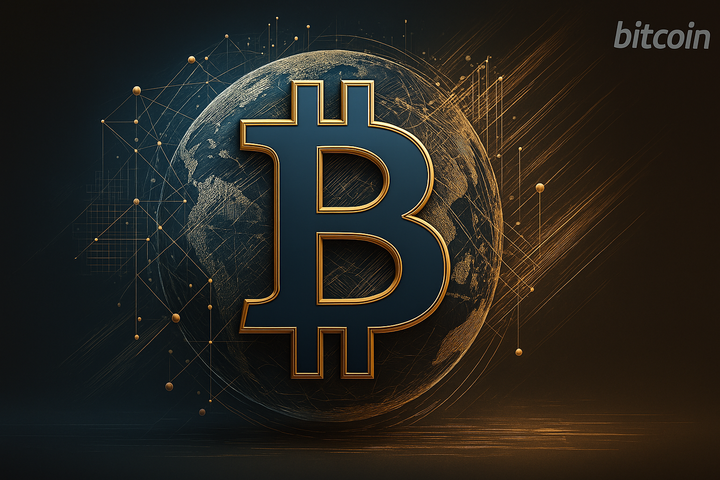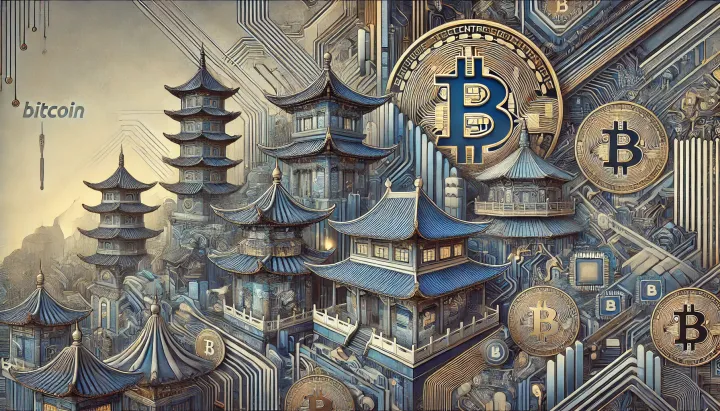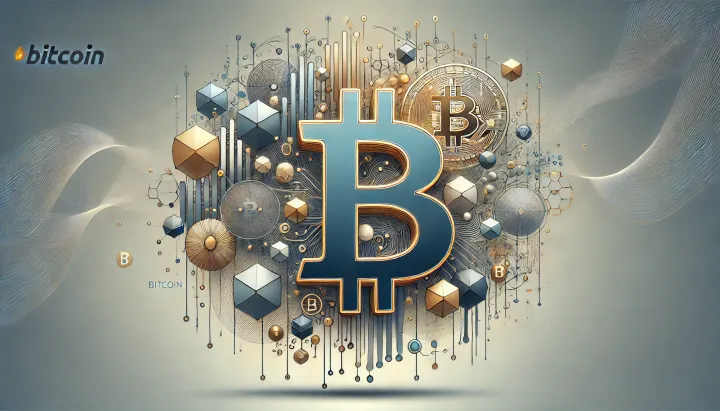Light-Based Computing Breakthrough & Bitcoin Impact
The February 06, 2025 episode of Anastasi In Tech explores a breakthrough in light-based computing that promises unprecedented energy efficiency and processing speed.

- My 'briefing notes' summarize the content of podcast episodes; they do not reflect my own views.
- They contain (1) a summary of podcast content, (2) potential information gaps, and (3) some speculative views on wider implications.
- Some episodes I summarize may be sponsored: don't trust, verify, if the information you are looking for is to be used for decision-making.
This is one of my rare non-Bitcoin centric briefing notes. I thought there might be some interesting implications for Bitcoin, so decided to post it online.
Summary
The February 06, 2025 episode of Anastasi In Tech explores a breakthrough in light-based computing that promises unprecedented energy efficiency and processing speed. Key innovations include the integration of lithium niobate for photonic chips and a vertically integrated manufacturing approach. I include some speculation on how these advances may eventually influence Bitcoin infrastructures.
Take-Home Messages
- Photonic Advantage: Light-based chips eliminate capacitor delays, enabling rapid data processing.
- Material Innovation: Integration of lithium niobate minimizes light loss and boosts chip performance.
- Energy Efficiency: Up to 30× improvement in power consumption may revolutionize data center operations.
- Dual-Workload Capability: Supporting both AI inference and training enhances operational versatility.
- Bitcoin Relevance: Enhanced computational speed and energy efficiency could optimize Bitcoin network operations.
Overview
Anastasia explains a breakthrough in light-based computing, emphasizing that photonic chips overcome delays typical in conventional digital circuits by eliminating capacitor switching times. She details how the use of lithium niobate enables efficient integration of optical components. This innovation marks a significant shift in data processing paradigms.
The episode contrasts digital and photonic computing, noting that traditional chips are limited by electrical resistance and energy loss. Anastasia highlights that photonic circuits perform computations in femtoseconds, offering superior speed. This positions the technology as a promising solution for next-generation data centers.
A key point of discussion is the vertical integration strategy, where owning the full manufacturing pipeline reduces costs and streamlines production. Anastasia outlines how repurposing legacy CMOS foundries facilitates scalable production of photonic chips. This approach supports dual functionality for both AI inference and training workloads.
Looking forward, I have OpenAI GPT o3-mini-high speculate on broader applications, including potential impacts on Bitcoin infrastructure. Enhanced energy efficiency and processing speed may translate to improved transaction processing and network scalability for Bitcoin.
Stakeholder Perspectives
- Data Center Operators: Likely to adopt photonic computing for its energy savings and high-speed performance while managing integration challenges.
- Semiconductor Manufacturers: Interested in cost-effective repurposing of legacy fabs, though cautious about capital intensity.
- AI Developers: Enthusiastic about dual-chip capabilities that support both training and inference, enhancing application versatility.
- Bitcoin Network Operators: May explore efficiency gains to optimize transaction processing and reduce operational costs.
- Policy Makers: Focused on the environmental and infrastructural benefits of advanced, energy-efficient computing solutions.
Implications and Future Outlook
Photonic computing promises a paradigm shift by drastically reducing energy consumption and boosting computational speed. This transformation could lead to substantial cost savings and performance improvements in data centers. Stakeholders across industries are poised to benefit as the technology matures.
The dual capability for AI inference and training suggests a future where computing platforms become more versatile and efficient. This advancement may drive further investment in hybrid architectures that integrate photonic and digital technologies. Broad market adoption could accelerate innovation and reshape competitive dynamics.
For Bitcoin, enhanced energy efficiency and increased computational density offer potential improvements in network scalability. These advances could lower operational costs for mining while promoting a more sustainable network. As photonic technologies evolve, they may provide strategic advantages for decentralized financial systems.
Information Gaps
- How can photonic circuit design be optimized to mitigate light scattering and ensure precise control of photon propagation? This question addresses the core challenge of reliable photonic computation and is essential for performance enhancement. Improved designs are critical for scalability in high-speed applications.
- What technical challenges must be overcome to ensure seamless integration of photonic chips with existing CMOS infrastructures? Compatibility with legacy systems is vital for practical deployment. Overcoming these challenges will facilitate broader adoption in current data centers.
- What are the measurable impacts of photonic chip energy efficiency on overall data center power consumption? Quantifying energy savings is key to validating the technology’s economic and environmental benefits. Such metrics are crucial for justifying large-scale investments.
- How can photonic chip architectures be designed to effectively handle both AI inference and training workloads simultaneously? Dual-functionality is a significant opportunity for versatile computing. Optimizing architecture for this purpose will support a broader range of applications.
- What factors will most significantly influence industry-wide adoption of photonic computing technologies? This question covers market dynamics, technological maturity, and strategic collaborations. Understanding these factors is pivotal for guiding policy and investment decisions.
Broader Implications for Bitcoin
Bitcoin Energy Efficiency Gains
Enhanced energy efficiency from photonic computing could reduce the substantial electricity demands of Bitcoin mining. Lower power consumption may lead to decreased operational costs and improved sustainability. These improvements could also help mitigate environmental concerns associated with high energy usage in Bitcoin networks.
Scalable Network Infrastructure
Advances in photonic interconnects promise more efficient data center networks, a benefit that could extend to Bitcoin infrastructure. Higher computational density and streamlined connectivity may enable more robust and scalable node operations. This scalability is crucial for supporting increased Bitcoin adoption and network resilience.
Cross-Technology Innovation
Integrating photonic computing with existing digital systems could inspire innovative hybrid solutions for Bitcoin. Combining the strengths of both technologies may lead to enhanced security protocols and optimized performance. Such cross-disciplinary innovations have the potential to redefine standards in decentralized financial systems.



Comments ()